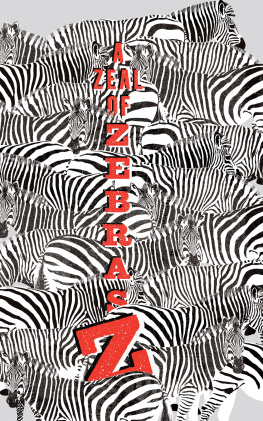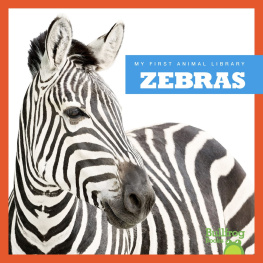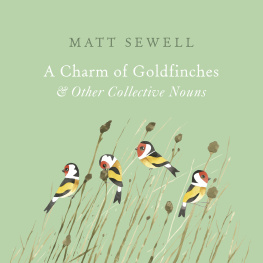
Dedicated to Mauricio, Jackson, Luca, Freddie, Archie, Jack, and Toby.
Special thanks to honorary Woop, Lauren, and to Matthew.

An Aurora
of Polar Bears
The town of Churchill in Manitoba, Canada, is known as the polar bear capital of the world. Each autumn, up to 1,200 polar bears congregate there while they wait for the Hudson Bay to freeze.
When the ice is solid, they travel across it to hunting grounds where they will fish for their favorite meal, ringed seals.

A Bale
of Turtles
When the endangered Kemps ridley sea turtles are ready to lay eggs, hundres come ashore together and make nests with up to 200 eggs on one stretch of beach.
About two months later, tens of thousands of eggs hatch all at once, and the hatchlings immediately make their way to the sea.

A Caravan
of Camels
Camels are known as the ships of the desert, and for good reason. For centuries, desert people have used domesticated camels to transport heavy loads across difficult desert terrain.
A camels strength, stamina, and big padded feet are all vital to keeping the caravan moving.

A Down
of Rabbits
Wild rabbits live in underground holes called burrows. Eight to fifteen rabbits usually make their burrows close together, creating what is known as a warren. This helps to keep them safe, with more eyes and ears to look and listen for danger from predators.

An
Embarrassment
of Pandas
Seeing a group of pandas together would indeed be an embarrassment of riches, as giant pandas are solitary and rarely seen at all.
Less than 2,500 giant pandas are left in the wild. Because they are so rare and private, much of what we know about them comes from the study of zoo animals.

A Family
of Porcupines
While many porcupines are solitary and spend most of their time in trees, African brush-tailed porcupines sleep in caves or burrows, where they gather in family groups of about eight members.
These families even work together as a group and share their food.

A Galaxy
of Starfish
Starfish, also known as sea stars, are usually seen in large numbers only when they are washed up on beaches after a storm.
However, some starfish may gather together when they are ready to reproduce, using environmental or chemical signals to coordinate with one another.

A Hum
of Bees
All honeybees are social and cooperative insects. Each nest has a single queen, manyworkers, and, at certain stages in the colony cycle, drones.
Honeybee hives can contain as many as 40,000 beeswhat a hum they would make together.

An
Implausibility
of Gnus
Every year, up to two million gnus (or wildebeests) and other animals journey in a massive migration from Tanzania to Kenya and back again.
When the gnus must cross wide rivers where predators await, they gather into enormous herds and rush across the waters all at once, reducing their chances of being caught by a hungry lion.

A Journey
of Giraffes
Giraffes are transient creatures, forming and dissolving groups regularly.
The size of a journey of giraffes is largely determined by food availability. When food is abundant, up to 40 giraffes may gather together. But when food is scarce, they break up into smaller family groups in order to spread out over a wider area.

A
Kaleidoscope
of Butterflies
Up to 100 million monarch butterflies migrate across North America every year. At their winter destinations in California and Mexico, swarms of them can be seen completely covering trees.
The migration lasts so long that only monarchs born in late summer or early fall are likely to complete the entire round-trip.

A Leap
of Leopards
Leopards spend most of their time alone once they reach adulthood.
However, some species of leopards are now so rare that it is almost impossible to see even one of them, let alone a group. For example, there are only about 30 Amur leopards now left in the wilds of Asia.

A Movement
of Moles
Dont be fooled into thinking you have a movement on your hands if you see a large number of mole hills in one area. Moles are very territorial and most likely all the holes are the work of one very busy mole.

A Nest
of Crocodiles
Crocodiles rarely spend time together as a group and prefer a solitary life. Young crocodiles are vulnerable to larger crocodiles, so they are most likely to go it alone.
However, when food is abundant, crocodiles work together to hunt and share larger prey.

An Ostentation
of Peacocks
Peacocks are not just ornamental. They are quite useful, too. If you are looking for a beautiful alternative to a guard dog, look no further than an ostentation of peacocksthey make excellent guards and together will screech loudly when disturbed.















![J K Rowling - Harry Potter [Complete Collection]](/uploads/posts/book/117015/thumbs/j-k-rowling-harry-potter-complete-collection.jpg)















